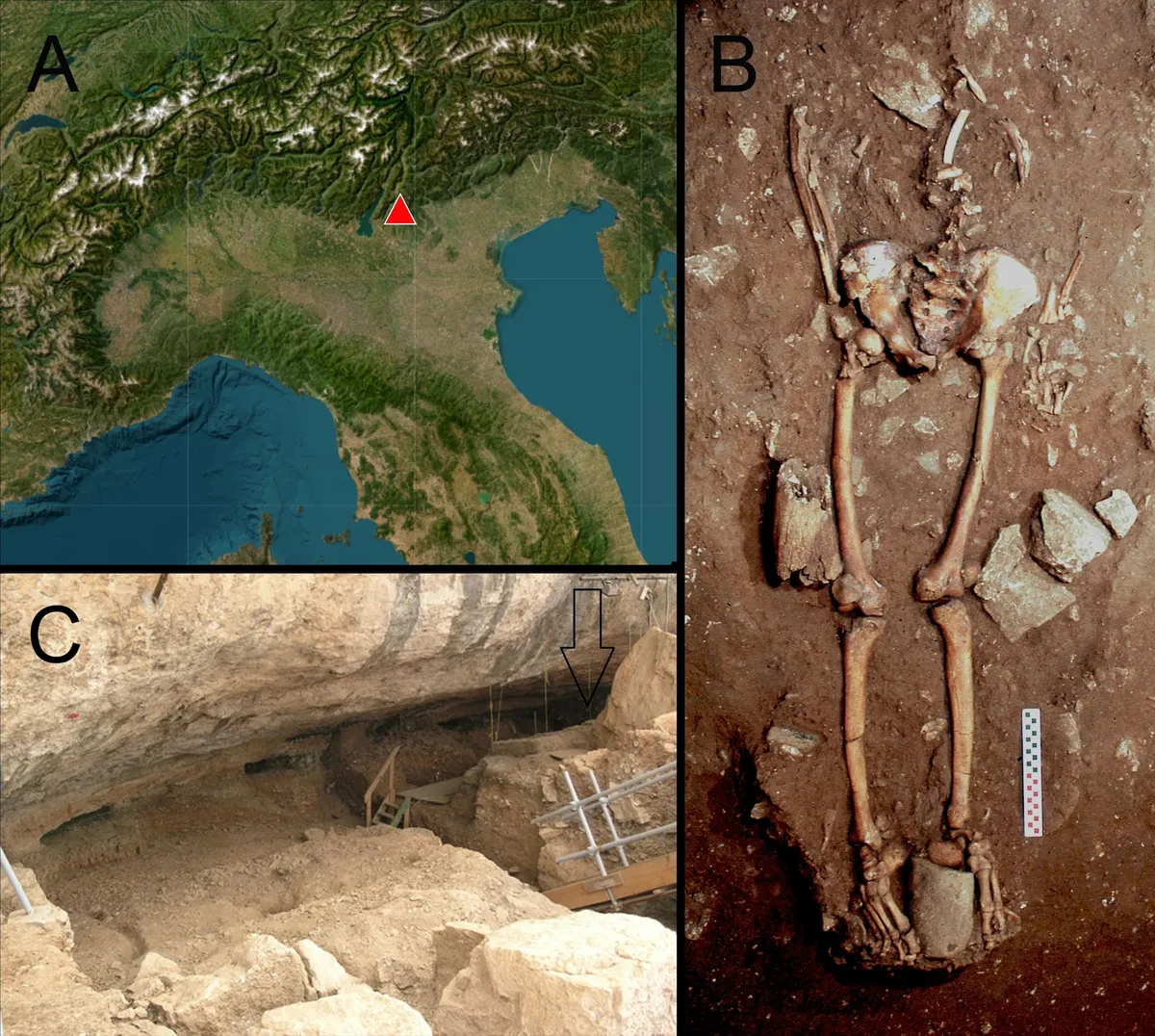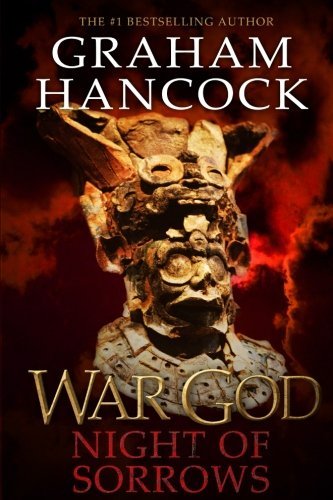Humans news stories

Data and findings are not always shared openly in science. Sometimes, researchers hoard those data and provide little to no access to colleagues from their field…The so-called “Gollum effect” hampers collaborations and harms the careers of less established researchers, claims the team.Their results are published in the journal One Earth.

A recent study by Dr. Georges Mouamar and his colleagues investigated the largest assemblage of securely identified rattles in the Near East. The findings are published in the journal Childhood in the Past.

New research published in Communications Biology has uncovered the earliest known use of the medicinal and psychoactive plant Peganum harmala, commonly known as Syrian rue or harmal, in fumigation practices and inhaled as smoke.
New research into the hand structures of different ancient human relatives found in modern South Africa reveals varying levels of dexterity and climbing ability, offering new clues into the evolution of humans.

Around 17,000 years ago, a man fell victim to a bloody ambush in what is now Italy, with an enemy launching sharp, flint-tipped projectiles that left gashes on his thigh and shin bones, a new study finds.

The Vikings did not navigate by map, compass or sextant. Instead, they used “mental maps” where memories and experiences played a crucial role. They also used myths linked to various coastal landmarks. The findings are published in the Journal of Archaeological Method and Theory.

Clues are emerging about the ghostly clan that settled eastern Asia and left a genetic legacy in people today.

Once stigmatized and outlawed, psychedelics are moving from the counterculture to the mainstream…Psychedelics are becoming big business. Just as private capital flooded the cannabis sector years ago, a psychedelic gold rush is underway.

New research uncovers the strongest solar event ever detected — rewriting our understanding of space weather and radiocarbon dating.

Archaeological finds off the coast of Java, Indonesia, provide insight into the world of Homo erectus, 140,000 years ago. Skull fragments and other fossil remains provide a unique picture of how and where these early humans lived, says Leiden archaeologist Harold Berghuis. The first of the articles was published this week in the journal Quaternary Environments and Humans.

An international genomics study… has shown that early Asians made humanity’s longest prehistoric migration. The study was published in Science.

The oldest star chart in the world was made in China more than 2,300 years ago, a hotly debated preprint study finds.

A new study of Venus suggests that the deeply inhospitable world may be more like Earth than we thought. The research has been published in Science Advances.
A new study published in Communications Biology sheds light on how the psychedelic compound DMT changes the brain’s dynamic behavior. Researchers found that DMT reduces the amount of energy the brain needs to switch between different activity states.

Researchers led by the University of Glasgow in Scotland have identified a Late Upper Paleolithic site in the far north of the Isle of Skye, marking the most northerly evidence of Ahrensburgian culture in Britain.









